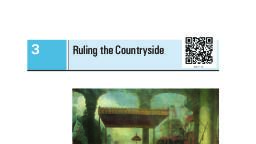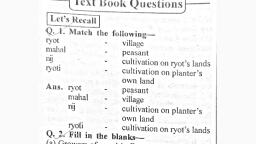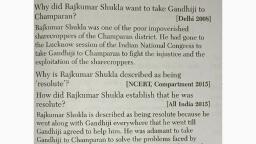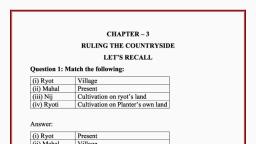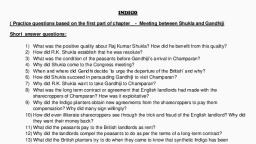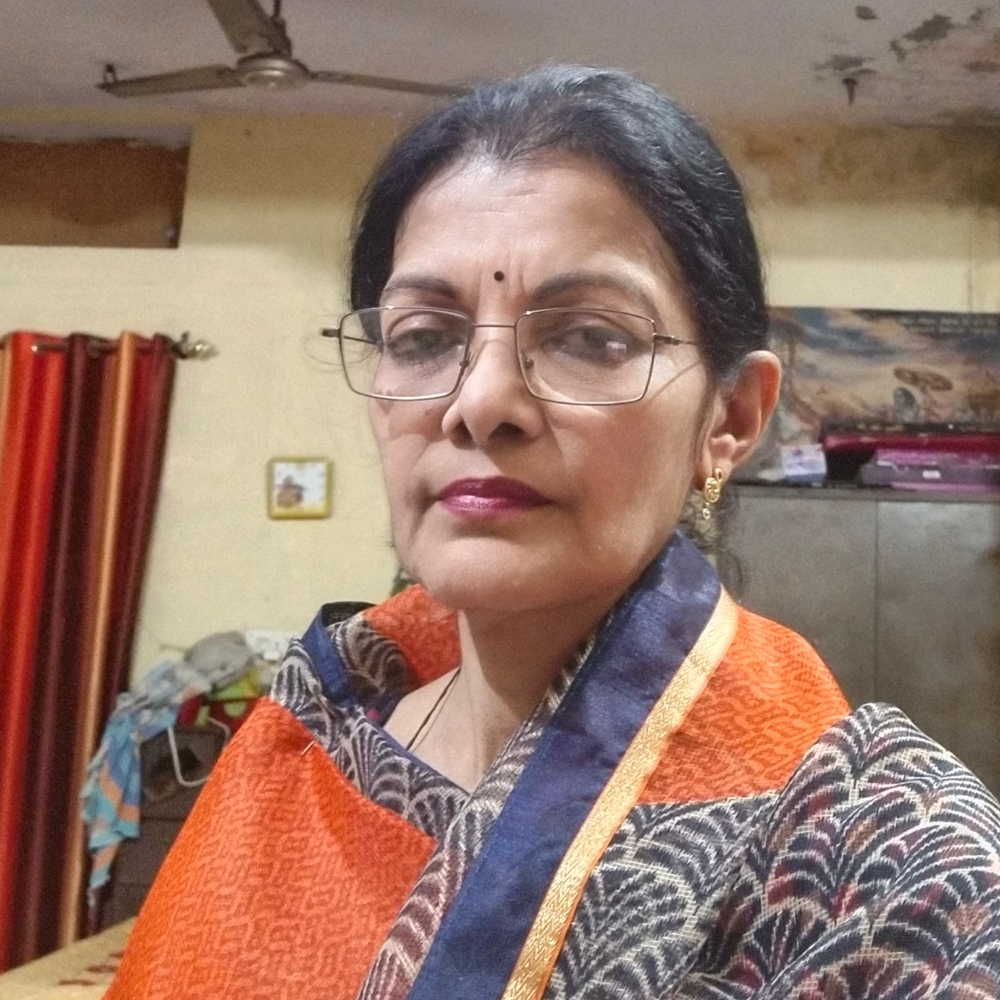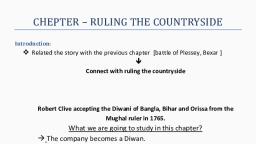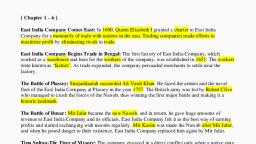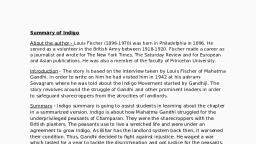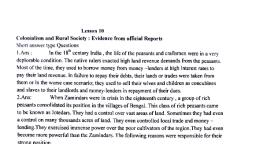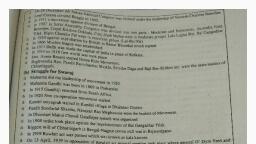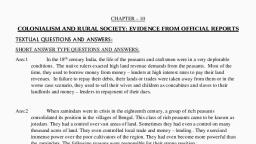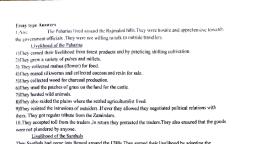Page 1 :
CBSE Class–VIII Social Science, NCERT Solution, History Chapter 3, Ruling the Countryside, , 1. Match the following:, ryot, , village, , mahal, , peasant, , nij, , cultivation on ryot's lands, , ryoti, , cultivation on planter's own land, , ryot, , peasant, , mahal, , village, , nij, , cultivation on planter's own land, , ryoti, , cultivation on ryot's lands, , Ans :, , 2. Fill in the blanks:, (a) Growers of woad in Europe saw ______ as a crop which would provide competition to, their earnings., Ans : Growers of woad in Europe saw indigo as a crop which would provide competition to, their earnings., (b) The demand for indigo increased in late-eighteenth- century Britain because of, ________., Ans : The demand for indigo increased in the late-eighteenth-century Britain because of the, expansion of cotton production as a result of industrialisation, which in turn created an, enormous demand for cloth dyes., (c) The international demand for indigo was affected by the discovery of __________., Material downloaded from myCBSEguide.com., , 1/4
Page 2 :
Ans : The international demand for indigo was affected by the discovery of synthetic dyes., (d) The Champaran movement was against __________., Ans : The Champaran movement was against indigo planters., , 3. Describe the main features of the Permanent Settlement., Ans : In order to get a stable revenue income, most of the East India Company’s officials, believed that investment in land had to be encouraged and agriculture had to be improved., This led to introduction of permanent settlement in 1793. The main features of the, Permanent settlement were:, i. The amount of revenue was fixed permanently, that is, it was not to be increased in ever, in future., ii. It was felt that this would ensure a regular flow of revenue into the Company’s coffers, and at the same time encourage the zamindars to invest in improving the land., iii. Since the revenue demand of the state would not be increased, the zamindar would, benefit from increased production from the land., iv. Under this system revenue had been fixed so high that the zamindars found it difficult to, pay., v. Even when the income of zamindars increased with the expansion of cultivation, the, company had no chance of gain because it could not increase a revenue demand that had, been fixed permanently., vi. The system proved oppressive for the cultivators., , 4. How was the mahalwari system different from the Permanent Settlement?, Ans :, Mahalwari Settlement, , Permanent Settlement, , The mahalwari system, devised by Holt, Mackenzie, came into effect in 1822, in the, , The Permanent Settlement was introduced, , North Western provinces of the Bengal, , in 1793 by Lord Cornwallis., , Presidency., It was devised as an alternative to the, , It was aimed at ensuring stable revenue for, , Material downloaded from myCBSEguide.com., , 2/4
Page 3 :
Permanent Settlement., , the East India Company., , The village headmen were in charge of, , The rajas and taluqdars were in charge of, , collecting revenue., , collecting revenue., , The revenue amount was not fixed, and was, to be revised periodically. The estimated, revenue of each plot within a village was, added up to calculate the revenue that each, , The revenue amount was fixed and was, never to be increased in the future., , village or mahal had to pay., , 5. Give two problems which arose with the new Munro system of fixing revenue., Ans : Two problems which arose with the new Munro system of fixing revenue were:, Driven by the desire to increase the income from land, revenue officials fixed too high, a revenue demand., Peasants were unable to pay the revenue as the crop failed in the countryside and, villages became deserted in many regions., , 6. Why were ryots reluctant to grow indigo?, Ans : The ryots were reluctant to grow indigo because:, i. The planters paid a very low price for indigo., ii. The ryots were not in a position to even recover their cost, earning a profit was a farfetched idea. This meant that the ryot was always under debt., iii. The planters insisted that the peasants cultivate indigo on the most fertile parts of their, land, but the peasants preferred growing rice on the best soils after an indigo harvest., The land could not be used for sowing rice, the ryots were reluctant to grow indigo., , 7. What were the circumstances which led to the eventual collapse of indigo production, in Bengal?, Ans : The ryots in Bengal got fed up with the coercive methods the planters used with them, and finally refused to grow indigo. They became violent. They not only refused to pay rents, to the planters, but also attacked indigo factories armed with swords and spears, bows and, arrows. Meanwhile the local zamindars and village headmen also began to favour the indigo, Material downloaded from myCBSEguide.com., , 3/4
Page 4 :
ryots. They mobililsed the indigo peasants and fought pitched battles with the lathiyals, the, lathi- wielding strong men maintained by the planters. In other places even the zamindars, went around villages urging the ryots to resist the planters. Worried by the rebellion, the, government brought in the military to protect the planters from assault, and set up the, Indigo commission to enquire into the system of indigo production. The commission held the, planters guilty and criticised them for the coercive method they used with indigo cultivators., It declared that indigo production was not profitable for ryots. The commission asked the, ryots to fulfill their existing contracts but also told them that they could refuse to produce, indigo in future. After this revolt, indigo production collapsed in Bengal., , Material downloaded from myCBSEguide.com., , 4/4
































